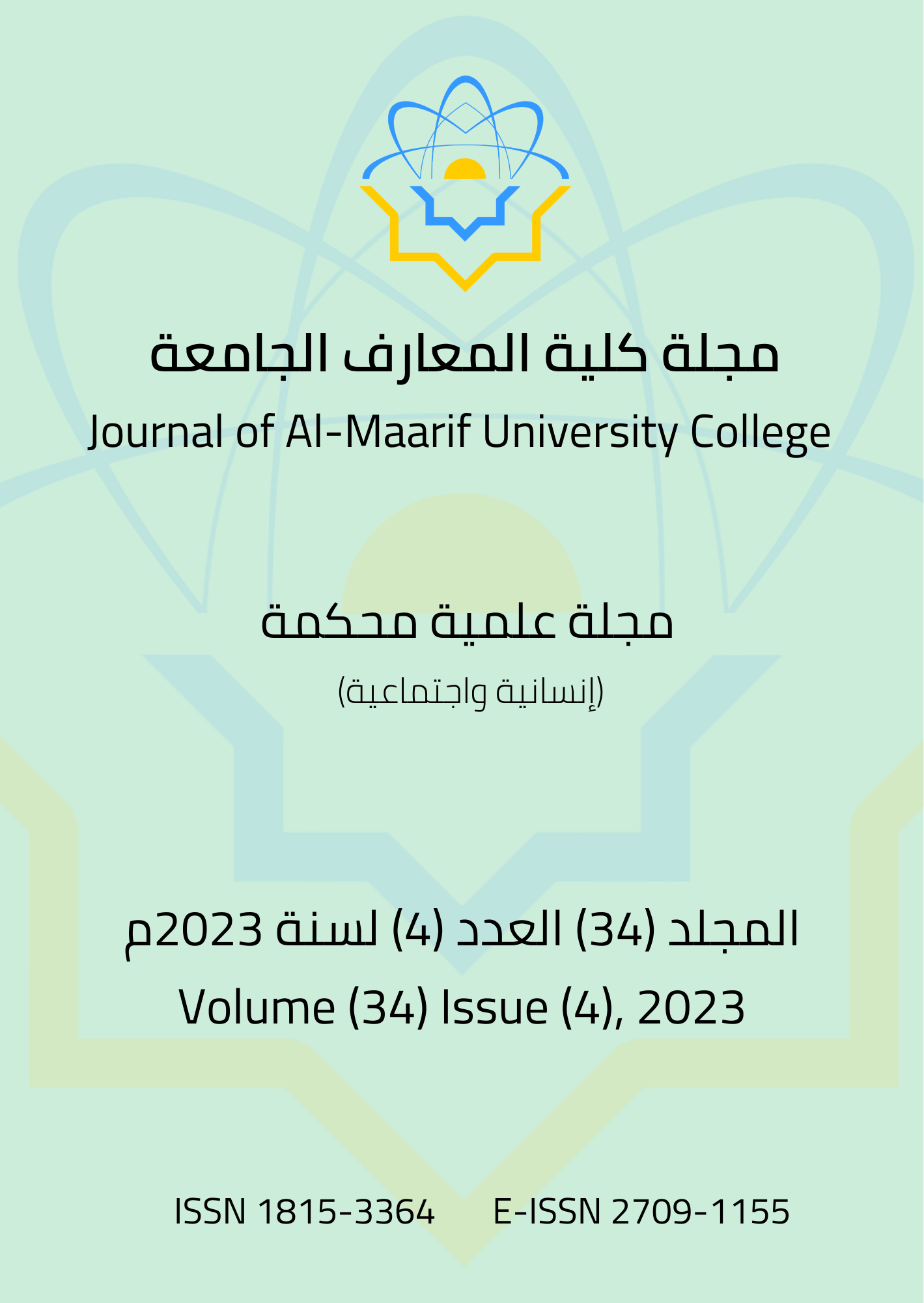The Climate Effect on Yellow Maize Crops Diseases In Anbar Governorate (Study in Applied Climate)
Main Article Content
Abstract
The research examines the impact of climate on yellow maize diseases in Anbar Governorate. The climate represents the most important natural factor affecting agricultural activity. despite the importance of other natural factors and their suitability to the agricultural crop, as the climate determines the area of the crop, the quantity of its production, and the extent of its impaction yellow maize diseases. the results of the results of the research showed that there is agreement between some climatic elements and the requirements yellow corn yield and the unsuitability of others, and that high temperatures and low relative humidity during the diseases that affect yellow corn in the study area were caused by viruses carried by insects, which lead to huge losses in crop production and a decrease in cultivated areas, especially corn stalk smut disease. the study showed that yellow corn crop is one of the important field crops grown in Anbar Governorate, and that the agricultural area varies from one district to another. the crop depends on sprinklers and irrigation systems because the region is characterized by a dry and hot climate in summer and because of its astronomical and geographical location, and that the climatic conditions of temperature, sunlight, relative humidity and wind are related to diseases and pests that affect the yellow corn crop.
Article Details

This work is licensed under a Creative Commons Attribution-NonCommercial-ShareAlike 4.0 International License.

